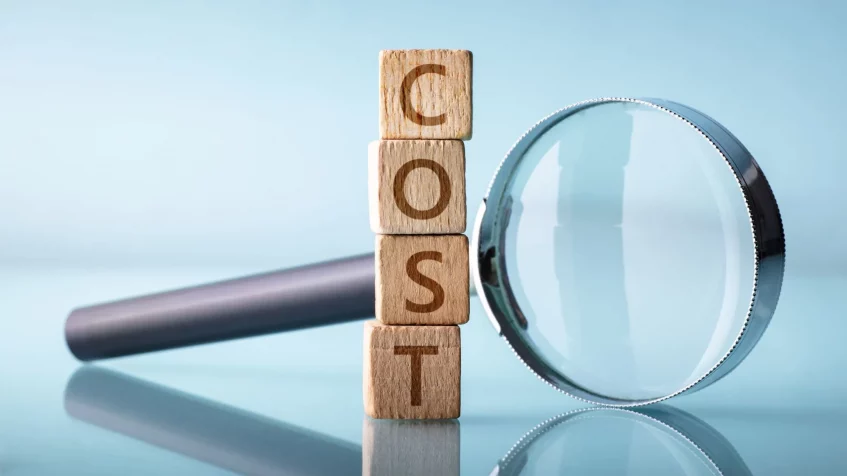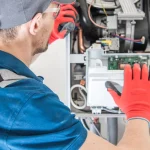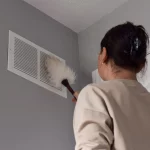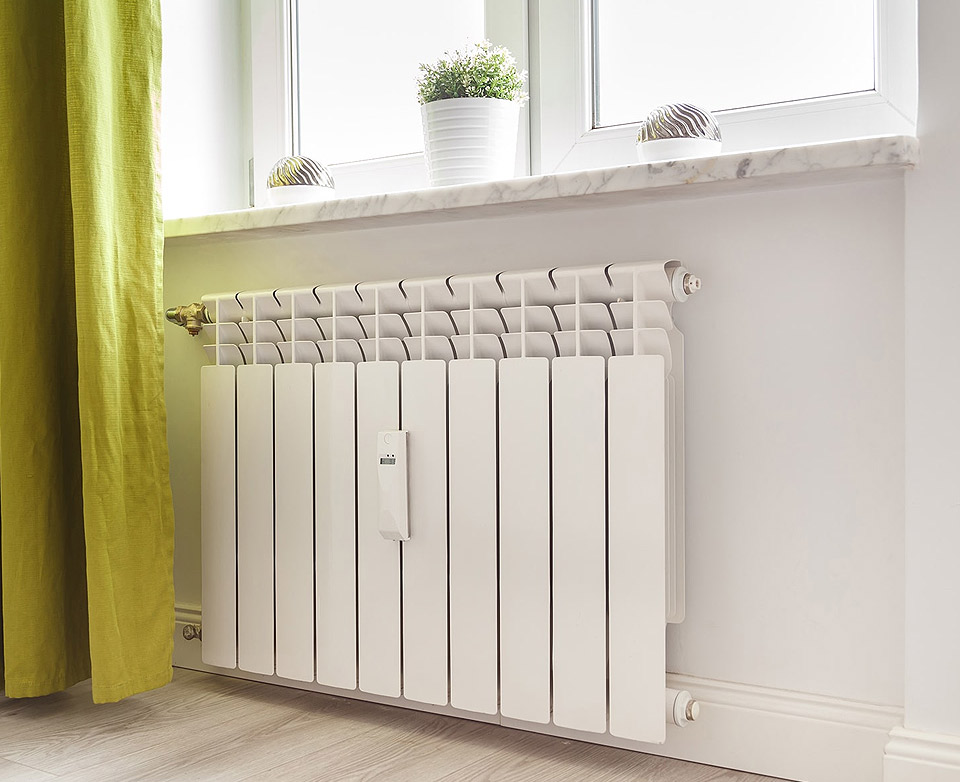
Navigating Furnace Repair Costs: A Comprehensive Guide to Budgeting for a Cost-Effective Solution
As the leaves fall and winter looms, the last thing any homeowner wants to deal with is a malfunctioning furnace. The warmth of your home becomes a distant memory, replaced by the chill of uncertainty. However, fear not! In this guide, we’ll unravel the mysteries of furnace repair costs, providing you with practical tips and insights to navigate the potentially chilly waters of unexpected expenses. So, grab a cup of cocoa and let’s dive into the world of heating systems, discovering how to keep your home warm without burning through your budget.
Understanding the Basics:
Before we delve into the complex world of budgeting for furnace repair, it’s essential to understand the common issues that might plague your heating system. Knowing what you’re up against can empower you to make informed decisions and, more importantly, avoid unnecessary expenses.
- Ignition System Failures:
Picture this – you turn up the thermostat, eagerly awaiting the comforting warmth, only to be met with silence. The culprit? Often, it’s the ignition system. Whether it’s a faulty pilot light, ignition control problems, or a malfunctioning electronic ignition, these issues can leave you out in the cold. - Thermostat Troubles:
Sometimes, the heart of the problem isn’t within the furnace itself but rather the thermostat. A malfunctioning thermostat can lead to erratic furnace behavior, resulting in uneven heating or, worse, frequent cycling that adds to your energy bills. - Dirty or Clogged Filters:
The unsung hero of your furnace, the filter, can turn into a villain if neglected. A clogged or dirty filter restricts airflow, causing your furnace to work harder to maintain the desired temperature. This not only decreases efficiency but can also lead to damage to critical components.
Calculating Costs:
Now that we’ve identified potential furnace issues, let’s discuss the financial aspect. Furnace repair costs can vary widely, influenced by factors such as the type of repair needed, the age of your furnace, and your geographical location. On average, anticipate spending anywhere from $100 to $800 for a repair job.
- Diagnostic Fees:
Many HVAC professionals charge a diagnostic fee, typically ranging from $80 to $150. This fee covers the cost of inspecting and identifying the issue. While it may seem like an extra expense, it’s a crucial step in understanding the scope of the problem. - Common Repair Costs:
Specific repairs come with their own price tags. For example, replacing a faulty thermostat might set you back $100 to $300, while addressing ignition problems can range from $300 to $500. Knowing these average costs can prepare you for the financial commitment associated with various furnace issues. - Age of the Furnace:
The age of your furnace is a significant factor in determining repair costs. Older furnaces may require more frequent repairs, and finding replacement parts for outdated models can be more expensive. If your furnace is nearing the 15-year mark, it might be prudent to consider a replacement to avoid ongoing repair expenses.
Budgeting Tips for a Cost-Effective Solution:
Now that we have a ballpark figure, let’s explore practical tips to keep your furnace repair costs on the lower end of the spectrum.
- Regular Maintenance:
The age-old adage “prevention is better than cure” holds true for furnace maintenance. Regularly changing your filters, scheduling annual check-ups, and addressing minor issues promptly can go a long way in preventing costly repairs. Think of it as a spa day for your furnace – a little pampering can keep it in tip-top shape. - DIY Checks:
Before reaching for the phone to call in the professionals, consider performing some basic checks yourself. Ensure the thermostat is set correctly, inspect for blown fuses or tripped circuit breakers, and take a peek at the furnace filter. Sometimes, the solution to the problem may be simpler than you think. - Get Multiple Quotes:
Don’t settle for the first repair quote you receive. It’s wise to shop around, obtain multiple estimates, and compare prices. This not only gives you a better understanding of the market rates but also helps you identify any outliers or potentially overpriced services. - Consider Energy-Efficient Upgrades:
If your furnace is showing signs of age and repair costs are becoming a recurring theme, it might be worth considering an energy-efficient upgrade. While the initial investment is higher, modern, energy-efficient furnaces can result in lower utility bills and fewer repair calls in the long run. It’s an investment in comfort and cost savings.
In the unpredictable world of home ownership, furnace repair costs can be an unwelcome surprise. However, armed with a bit of knowledge and proactive planning, you can navigate the chilly waters without feeling the financial frostbite. Regular maintenance, DIY checks, and smart budgeting can all contribute to keeping your furnace running smoothly and your budget intact.
So, the next time your furnace decides to play hide-and-seek with the heat, you’ll be armed with the knowledge to tackle the issue head-on. Stay warm, stay informed, and let the winter winds howl – your furnace is ready for the challenge! Remember, a well-maintained furnace is not just a source of warmth; it’s a beacon of financial responsibility in the cold winter months.










